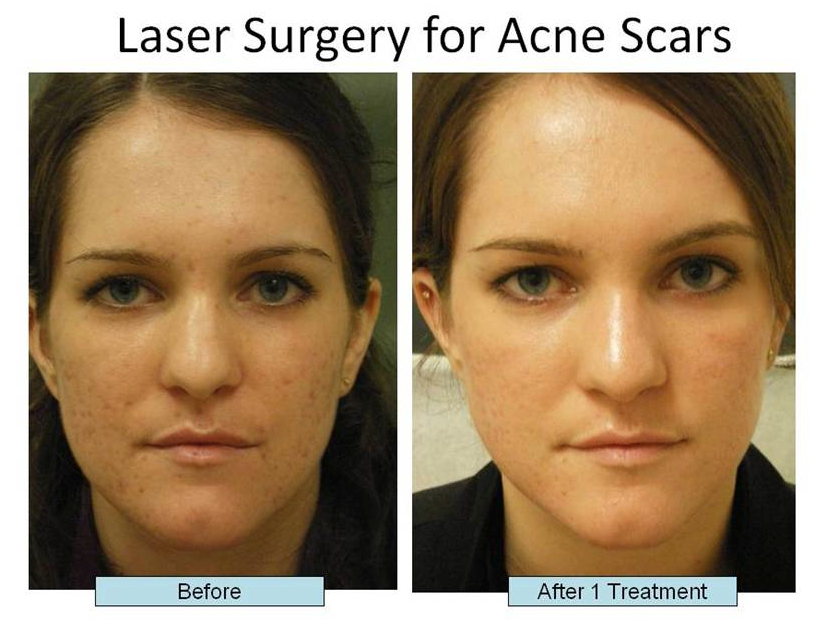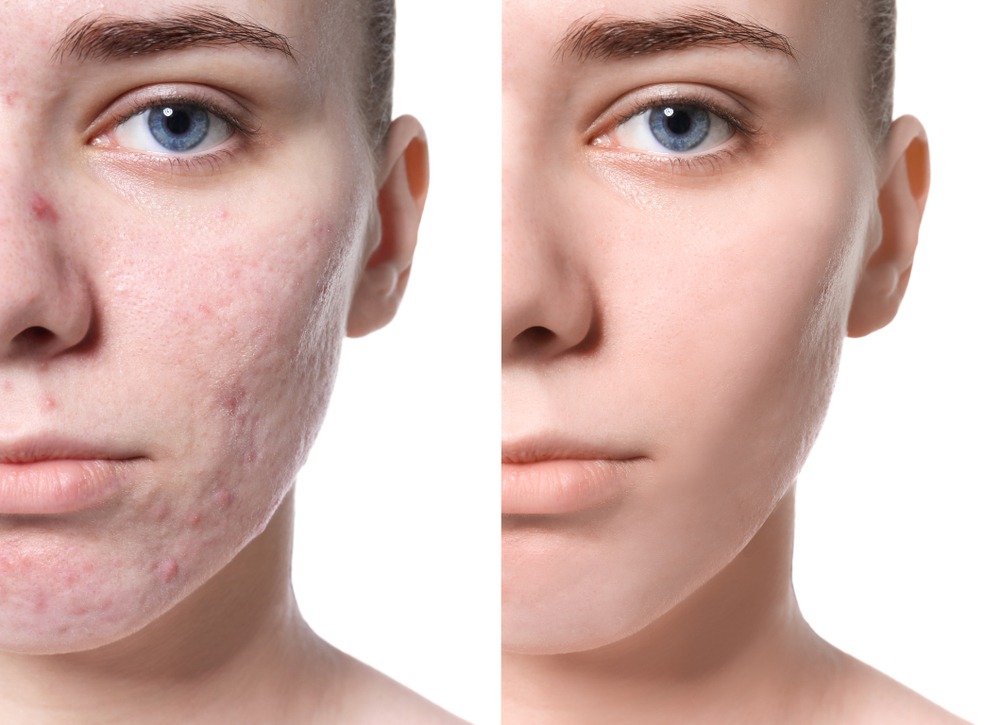Skin Rejuvenation Treatments: Renew Your Skin and Minimize Acne Scars
Skin Rejuvenation Treatments: Renew Your Skin and Minimize Acne Scars
Blog Article
Checking Out Skin Disease: Treating and identifying Acne Scars for Healthier Skin
Acne scars represent a considerable problem for people looking for to maintain healthy skin, as they can affect both appearance and self-esteem. Comprehending the different sorts of marks, from atrophic to hypertrophic, is necessary for determining suitable treatment options. While expert interventions like chemical peels and microneedling can be reliable, the relevance of individualized treatment strategies can not be overemphasized. Moreover, preventative steps play a critical duty in reducing future scarring. As we discover these aspects, one need to think about exactly how the right approach can lead to transformative results.
Understanding Acne Marks

The body's all-natural recovery procedure can result in either atrophic scars, which appear as depressions in the skin, or hypertrophic scars, which are increased and arise from overflow of collagen. Furthermore, the psychological toll of acne marks ought to not be ignored; numerous people report sensations of embarrassment, stress and anxiety, and reduced self-worth. This psychological worry can influence social communications and total lifestyle.
Dealing with acne scars calls for a thorough understanding of their development and impact. Recognition of the potential for long-term consequences connected with neglected marks can inspire people to seek appropriate therapies. Early intervention and efficient management methods can dramatically improve skin look and improve emotional resilience, emphasizing the relevance of comprehending the intricacies bordering acne scars.
Kinds of Acne Marks
Acne scars can be classified right into unique types, each showing special attributes and calling for certain therapy approaches. acne scars treatment. The main types of acne scars include atrophic, hypertrophic, and keloid marks

Hypertrophic scars, on the other hand, are raised above the skin level and are the outcome of too much collagen production throughout the recovery procedure. They generally remain within the boundaries of the initial acne sore. Keloid marks are comparable but extend beyond the original injury site, developing bigger, increased areas that can be itchy or unpleasant.
Comprehending these kinds of scars is crucial for choosing appropriate therapy choices. Different scars might respond better to certain treatments, such as laser therapies, fillers, or medical treatments, highlighting the relevance of a customized approach to acne scar management.
Determining Your Scars
Acne scars generally drop right into two categories: hypertrophic and atrophic scars. These can additionally be classified right into ice-pick marks, boxcar marks, and rolling scars, each showing distinctive attributes and requiring different approaches for evaluation.
Hypertrophic marks, on the other hand, are elevated and occur as a result of extreme collagen manufacturing during the recovery procedure. Recognizing the specific functions of your marks-- such as width, depth, and structure-- is important for correct identification (acne and acne scars treatment). Furthermore, take into consideration the circulation of scars throughout your skin, as this can indicate the use this link intensity and period of the acne condition
Involving with a dermatologist can provide beneficial understandings into the nature of your marks, helping in the differentiation in between numerous types. A comprehensive understanding of your marks will inevitably bring about a much more tailored and effective therapy plan, ensuring a more clear and much healthier complexion.
Therapy Choices Readily Available
Recognizing the certain type of acne scars existing on your skin prepares for exploring efficient treatment options. Usual types of acne scars consist of atrophic (depressed), hypertrophic (raised), and post-inflammatory erythema.
For atrophic marks, alternatives such as chemical peels, microneedling, and laser resurfacing are extensively used. Chemical peels off utilize acids to eliminate the external layer of skin, advertising new cell development. Microneedling involves little needles that produce micro-injuries, stimulating collagen manufacturing. Laser resurfacing targets harmed skin cells, enhancing texture and tone.
Hypertrophic scars can be treated with corticosteroid injections to squash the scar or laser therapy to reduce inflammation and boost look. Silicone gel sheets and stress dressings may likewise assist in handling raised scars.
On top of that, dermal fillers can briefly fill out clinical depressions from atrophic scars, while surgical excision may be suitable for extreme situations. Each therapy alternative has its considerations and benefits, making it necessary to speak with a dermatologist. They can offer individualized recommendations based upon the type and look at these guys extent of your marks, as well as your skin type and total wellness.
Tips for Avoidance
Effective avoidance techniques can dramatically lower the chance of creating acne marks. Making use of non-comedogenic items assists avoid clogged up pores, which can aggravate acne.
Avoiding the urge to pop or select acne lesions Read More Here is essential, as this can cause much deeper skin damage and enhance the danger of scarring. Rather, take into consideration utilizing a cool compress or non-prescription treatments to reduce swelling and soreness.
Sun defense is another important facet of avoidance; ultraviolet (UV) rays can dim scars and impede the healing process. Applying a broad-spectrum sun block with at the very least SPF 30 daily can safeguard the skin and promote also healing.
Last but not least, maintaining a balanced diet plan rich in anti-oxidants, minerals, and vitamins sustains skin health and healing. Staying hydrated and taking care of tension degrees can additionally play a considerable duty in decreasing acne flare-ups. By applying these strategies, individuals can dramatically minimize their opportunities of developing acne scars.
Final Thought
In final thought, understanding and recognizing acne scars is crucial for efficient therapy and attaining much healthier skin. Various types of acne marks, consisting of atrophic and hypertrophic scars, require particular treatments customized to specific demands.
The body's all-natural healing process can result in either atrophic scars, which appear as anxieties in the skin, or hypertrophic marks, which are elevated and result from overflow of collagen. They are more divided into three subtypes: ice pick marks, boxcar scars, and rolling scars. Acne scars typically drop right into 2 classifications: hypertrophic and atrophic scars. These can additionally be categorized right into ice-pick scars, boxcar marks, and rolling marks, each showing unique qualities and calling for different strategies for assessment.
Numerous kinds of acne scars, consisting of hypertrophic and atrophic marks, require certain interventions tailored to private needs.
Report this page